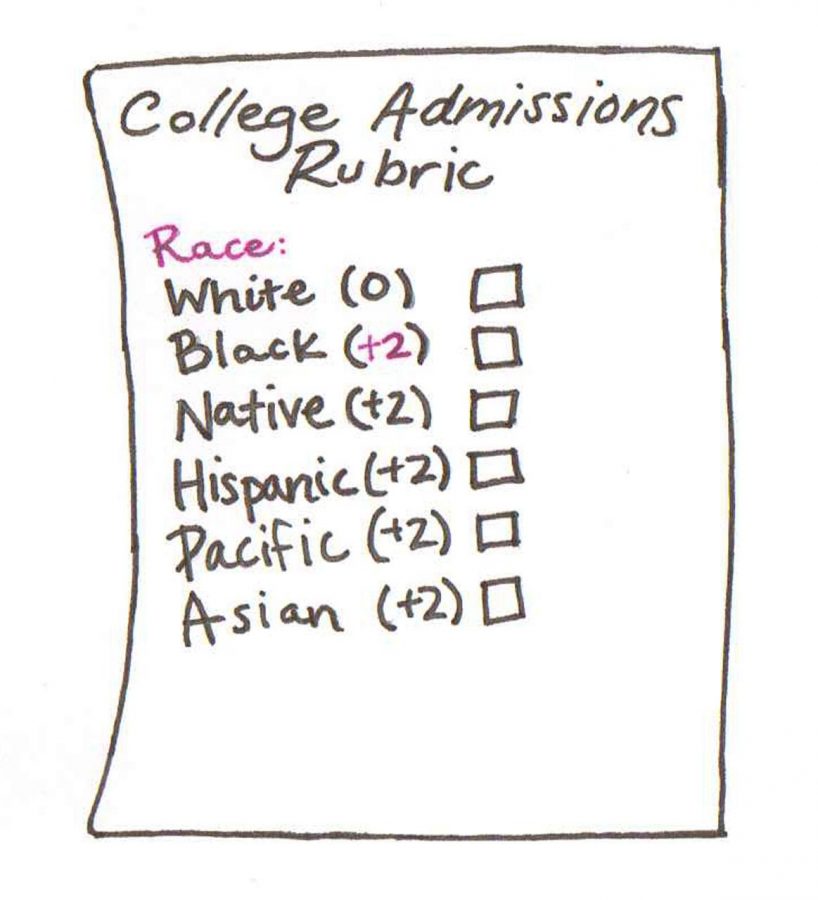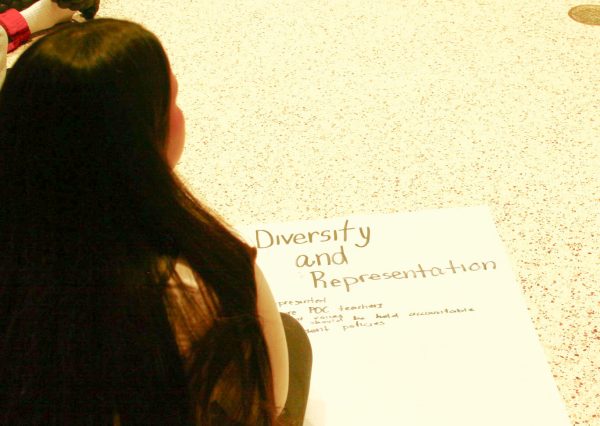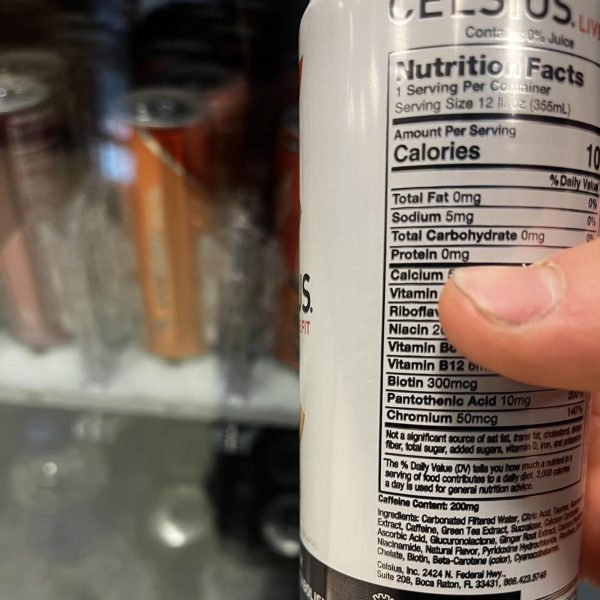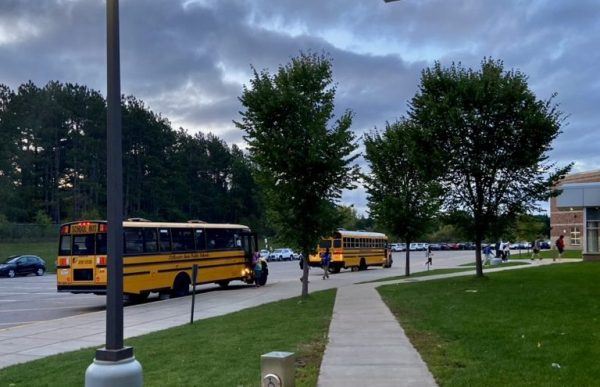Affirmative action propagates inequality
December 11, 2013
Since the mid 1960s, the United States has had a continued policy of “affirmative action,” a set of laws aimed at equalizing opportunities for blacks and other minority groups in the United States. More specifically, affirmative action concerns employment and college acceptance accessibility. These measures were well-intentioned at the time of their creation, but in practice the main effects of the policy do far more harm than good.
The essence of the policies is also the root cause of the problems associated with them. These problems appear because the laws that make up affirmative action as we know it today are ones that give minorities an advantage. At the time of its inception, affirmative action aimed to allow minorities (mainly blacks) to compete by giving them a tool to fight the rampant discrimination that was all too common in America during the majority of the nation’s history.
By no means is racial discrimination dead in today’s America, but the fact is it is simply impossible to allow whatever racism still exists to die, while still supporting these laws that give an upper hand to one group in particular. Opponents of affirmative action often shout that the laws are “reverse racism.” This is misleading, because the truth about the laws is that they are not a form of “reverse-racism.” Affirmative action is racist. They give an advantage, however small, to some people over others solely based on the color of their skin.
Supporters of the policies, on the other hand, cite that the structural violence inherent in the system is reason enough to justify the current policies. Racism is far from dead in America, and supporters of affirmative action have good reasons for believing that the policies are not outdated as a result. The argument here is that, statistically speaking, minorities make up a greater portion of impoverished Americans, and thus deserve the stimulus of affirmative action.
However, supporters fail to see the error in this plan. If the goal is to extend a helping hand to the impoverished, the next logical step would be to make an affirmative action policy which caters to individuals based on their socioeconomic status, rather than short-sighted laws that cover poor and prosperous minorities as one entity.
Affirmative action is a well-intentioned, yet poorly executed social policy that has been given a trial run in the United States over the last half-century. In spite of this, the only way to truly begin to judge solely on ability and merit, rather than race, is to leave behind these laws.













Eric Bromback • Jan 13, 2014 at 2:45 am
Great article! Very thorough with concrete facts that support your position on the issue. The graphic that goes along with it is somewhat misleading but the overall article had a strong stance on Affirmative Action and why it does more harm than good.